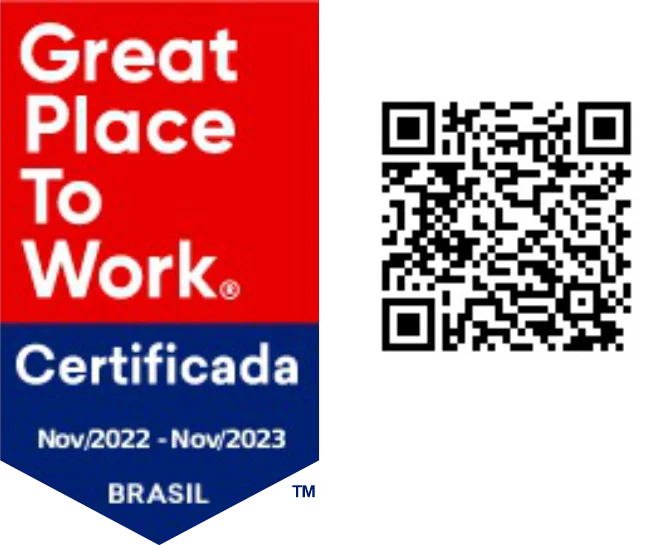The act of importing and exporting products is made of complex steps until finally receiving them or finalizing their shipment. In addition to involving many bureaucracies, there are also risks of non-compliance with the requirements, resulting in fines of the most varied.
However it is possible to avoid them, but what are the fines and how not to take this risk? Follow this article and learn the answer to these questions!
What infractions result in fines and how to avoid them
In a generalized way, fines happen in an import process derived from some rule provided for in the customs regulation that has not been followed.
The possibilities are of the most varied, among them may occur the incorrect classification of ncm, the failure in some of the import licenses, among many others. And finally the importer ends up adding losses in the process.
Being part of the actions involving foreign trade is somewhat complex and this scares many importers, so it is already valid the tip of having an advisory as a partner in these moments, because in addition to facilitating the procedures, they can pass all the necessary security.
In fact, knowing the paths to be followed not only streamlines processes, but making sure that the investment is safe makes the action of importing and exporting much more smooth.
However, if the will to be independent is greater, there are methods of making it happen, just follow the numerous requirements that are imposed.
The fines themselves are variable, and can be 1% of the customs value, reaching up to five hundred reais, as well as can reach 100% of the total value of the load. Anyway, it’s something to know about, but always avoided, regardless of your percentage.
The Internal Revenue Service itself, thinking about how to assist in the knowledge of risks, provides a table of fines on importation, so it is interesting to observe the items in this list to know better what is allowed or not.
We have already advanced here that accessing this file available to know the rules is a first step to start understanding the steps and risks better.
The most common fines
Let’s start with the fine already mentioned here in this article, the identification of ncm. In addition to knowing what this is about, it is important to understand where failures arise and how they happen.
For the classification it takes someone to master the techniques in fact, because it depends on it so that your merchandise follows the expected directions.
Goods without tax classification become stagnant, so they are trapped inside their establishments, which becomes a great indication of bad business.
This determination of ncm is valuable because through it are determined the taxes involved during the import or export of the product, as well as for statistical and customs controls.
The classification is also used as a means of identifying internal taxes, i.e., ICMS, IPI, PIS, Cofins and Tax Substitution.
So here we have made it clear that before continuing negotiations, make sure that this mistake will not happen.
Among these there is even more a list of occurrences that result in penalties and among the most frequent are:
- Absence of LI (Import License), which causes penalties such as up to 30% of the customs value;
- In the infringement of loss of goods is added the penalty of 50% of the import tax;
- Contempt to the customs authority is among the most serious in this list, with penalty of R $ 10,000.00 and suspension;
- The absence of cargo romaneio would cost R$ 500.00 fine;
- And in cases of LI deferred after shipment, the penalty is 30% of the customs value.
Attention to detail!
Records and documentation require a lot of attention and review both in the database and with the specific agencies according to each import segment. This is considered one of the most important steps.
Any error or omission directly entails the legal and financial security of the act of import and export.
Some of these agencies are well known when it comes to import and export, such as ANVISA, MAPA, Inmetro, DECEX, as well as commercial invoice documentation.
In addition, the commercial invoice is considered one of the most important documents in foreign trade and maritime transport of goods, being as a “contract and proof” of purchase and sale among those involved.
This document shall contain information such as: country of origin, origin, address and registered name of both the importer and the exporter, payment method determined between the parties, freight values, unit price and total of the goods.
As well as the so-called Incoterm, which are responsible for determining what is the right or duty of each party in a contract. And according to Article 557 of Decree No. 6759, other data such as quantities, volumes and weight should be included in this document.
Import laws are considered strict, as slips immediately lead to fines and penalties.
Care at this stage is able to reduce the chances of fines by up to 95%. In some cases of missing or incorrect information, a fixed fine of two hundred reais is applied.
Count on the help of a trading
As we can observe, attention and care before importing is the best and most guaranteed way for all procedures to work. Therefore, planning becomes a great ally for movements of proportions as great as those of foreign trade.
We also emphasize here that in case of doubt or fears it is valid to consider the possibility of advice so that there will be a greater reduction of risks.
Contact Open Market today and talk directly to an expert. Let’s start the safest planning for your import!
To learn even more about the latest news about foreign trade in Brazil and worldwide, follow the Open Market blog and follow our social networks.
We’re on Facebook, Instagram and LinkedIn.


